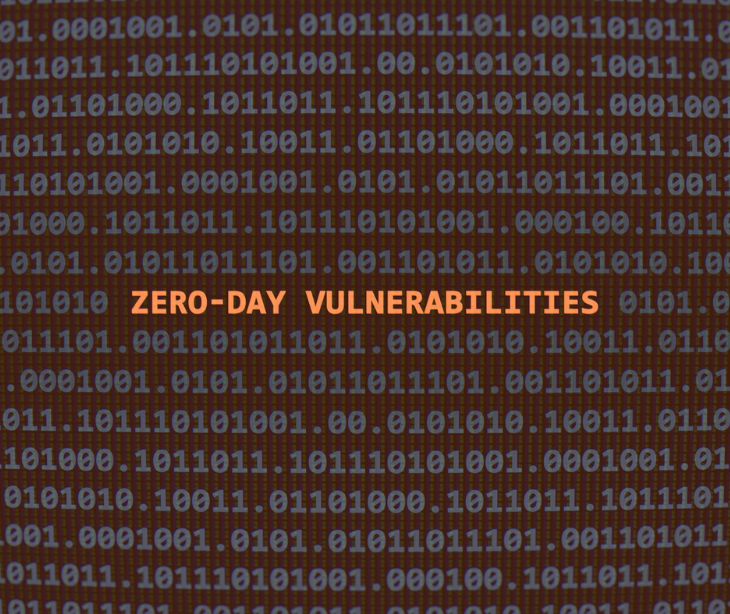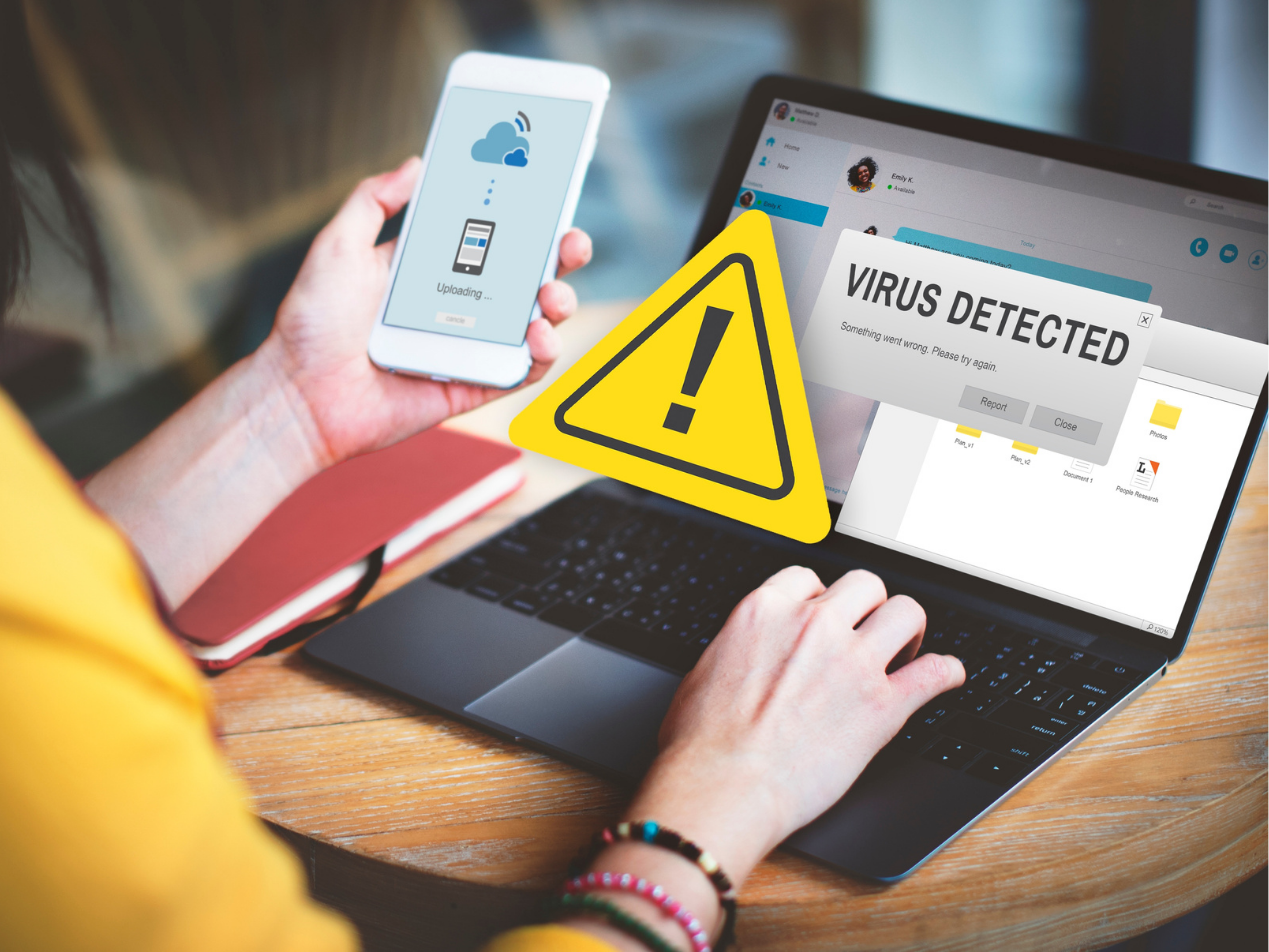
A zero-day vulnerability is a security flaw that is unknown to the software or system vendor, leaving them with "zero days" to prepare an effective response. These vulnerabilities can exist in any application, operating system, or connected device and represent a major challenge for security professionals. Unlike known vulnerabilities, which can be addressed through patching or updates, zero-day vulnerabilities remain undetected until they are discovered and exploited by malicious actors.
The anatomy of a zero-day attack
A zero-day attack occurs when a threat actor uses a zero-day vulnerability to gain unauthorized access, steal sensitive information, or disrupt the normal operation of a system. These attacks are particularly concerning because they take advantage of a security gap that the vendor is unaware of, leaving organizations with limited options for immediate defense. The timeline of a zero-day attack typically involves the discovery of the vulnerability, the development of a malicious exploit, and the subsequent deployment of the attack before a security patch can be released.
Read more: Zero-day attacks are the latest threat to healthcare cybersecurity
The rise of zero-day vulnerabilities
In recent years, the number of reported zero-day vulnerabilities has dramatically increased. Security researchers attribute this surge to several factors, including the proliferation of software offerings, the growth of cloud-based services, and the rapid expansion of the Internet of Things (IoT) ecosystem. As the attack surface expands, cybercriminals have become more sophisticated in uncovering and exploiting these vulnerabilities before they can be addressed.
Identifying and mitigating zero-day threats
Recognizing the inevitability of zero-day vulnerabilities is the first step in developing a cybersecurity strategy. Organizations must adopt a proactive approach that focuses on minimizing risks, enhancing detection capabilities, and accelerating response times. This may involve implementing secure-by-design principles, using advanced threat detection tools, and maintaining incident response and disaster recovery plans.
See also: How to manage persistent threats and zero day vulnerabilities
The role of artificial intelligence and machine learning
Emerging technologies such as artificial intelligence (AI) and machine learning (ML) are beneficial in the fight against zero-day threats. AI-powered security solutions can analyze vast amounts of data, identify anomalies, and rapidly detect and respond to potential zero-day attacks. Organizations can enhance their threat detection capabilities, automate security processes, and improve their overall resilience against these sophisticated attacks, by using the power of AI and ML.
Read also: Artificial Intelligence in healthcare
Securing the edge-to-cloud continuum
As organizations continue to embrace the benefits of edge computing and cloud-based services, the need for a detailed security strategy that spans the entire edge-to-cloud continuum has become necessary. Zero-day vulnerabilities can manifest at any point along this continuum, making it difficult for organizations to implement security measures that protect their data and infrastructure, regardless of where it resides.
Backup and disaster recovery
In the event of a successful zero-day attack, organizations must be prepared to respond swiftly and effectively to minimize the impact on their operations. Backup and disaster recovery strategies assist in this process, ensuring that data and systems can be quickly restored, and business continuity can be maintained.
Related: How to develop a backup and recovery plan
Cultivating a culture of cybersecurity awareness
Addressing the challenge of zero-day vulnerabilities requires a holistic approach that goes beyond technological solutions. Fostering a culture of cybersecurity awareness among employees as they can serve as the first line of defense against these threats. Regular training, simulated attacks, and clear communication of security protocols can empower individuals to recognize and report suspicious activities, ultimately strengthening the organization's overall security posture.
The evolution of cybersecurity frameworks
As the threats change, cybersecurity frameworks must also adapt to address the unique challenges posed by zero-day vulnerabilities. Frameworks such as Zero Trust, which stresses a "never trust, always verify" approach, and the National Institute of Standards and Technology (NIST) Cybersecurity Framework, which provides a guide for managing cyber risks, are becoming increasingly necessary in the fight against these sophisticated threats.
Read more: The zero trust approach to managing cyber risk
Collaboration and information sharing
Addressing the challenge of zero-day vulnerabilities requires a collaborative effort among security researchers, software vendors, and the broader cybersecurity community. Organizations can enhance their collective resilience and stay one step ahead of malicious actors, by sharing information about emerging threats, coordinating response efforts, and developing effective countermeasures.
In the news
Google has issued an update for its Chrome browser, addressing a zero-day vulnerability (CVE-2024-4671) that would have allowed attackers to execute malicious code on users' devices. This marks the fifth time, this year, that Google has responded to existing exploits.
The vulnerability, categorized as a "use after free" bug, originates from memory management issues in C-based programming languages. Despite developers' efforts to deallocate memory space once it's no longer needed, these bugs occur when pointers to freed memory are improperly utilized, potentially leading to the execution of malicious code.
This recent Chrome update follows a series of similar security incidents. Earlier this year, Google had to address several other zero-day vulnerabilities, including three zero-day vulnerabilities found in Chrome, during the Pwn2Own hacking contest in March. These vulnerabilities included weaknesses in the Chrome V8 JavaScript engine, the WebAssembly (Wasm) standard, and the WebCodecs API. The vulnerabilities allowed remote attackers to execute arbitrary code, exploit memory corruption issues, and gain unauthorized entry to sensitive data using crafted HTML pages.
See more: Google addresses the fifth zero-day vulnerability in Chrome
FAQs
Why are zero-day vulnerabilities particularly concerning for the healthcare sector?
These vulnerabilities are especially concerning in healthcare due to the sensitivity of patient data and the serious nature of healthcare systems. An attack can lead to data breaches, ransomware, and disruption of medical services, directly impacting patient care and safety.
How can healthcare organizations protect themselves against zero-day vulnerabilities?
Healthcare organizations can protect themselves by implementing strong cybersecurity measures, such as keeping systems updated, using advanced threat detection, conducting regular security audits, and educating staff on cybersecurity best practices.
What are the potential consequences of a zero-day attack on a healthcare facility?
A zero-day attack can lead to compromised patient data, disruption of medical services, financial losses from ransom payments and fines, and damage to the facility's reputation. In severe cases, patient safety could be at risk if medical devices or systems are affected.
Can healthcare facilities detect and respond to zero-day attacks effectively?
While challenging, healthcare facilities can improve detection and response by using real-time monitoring, having an incident response plan, collaborating with cybersecurity experts, regularly updating security measures, and maintaining data backup systems.
Learn more: HIPAA Compliant Email: The Definitive Guide
Subscribe to Paubox Weekly
Every Friday we'll bring you the most important news from Paubox. Our aim is to make you smarter, faster.



